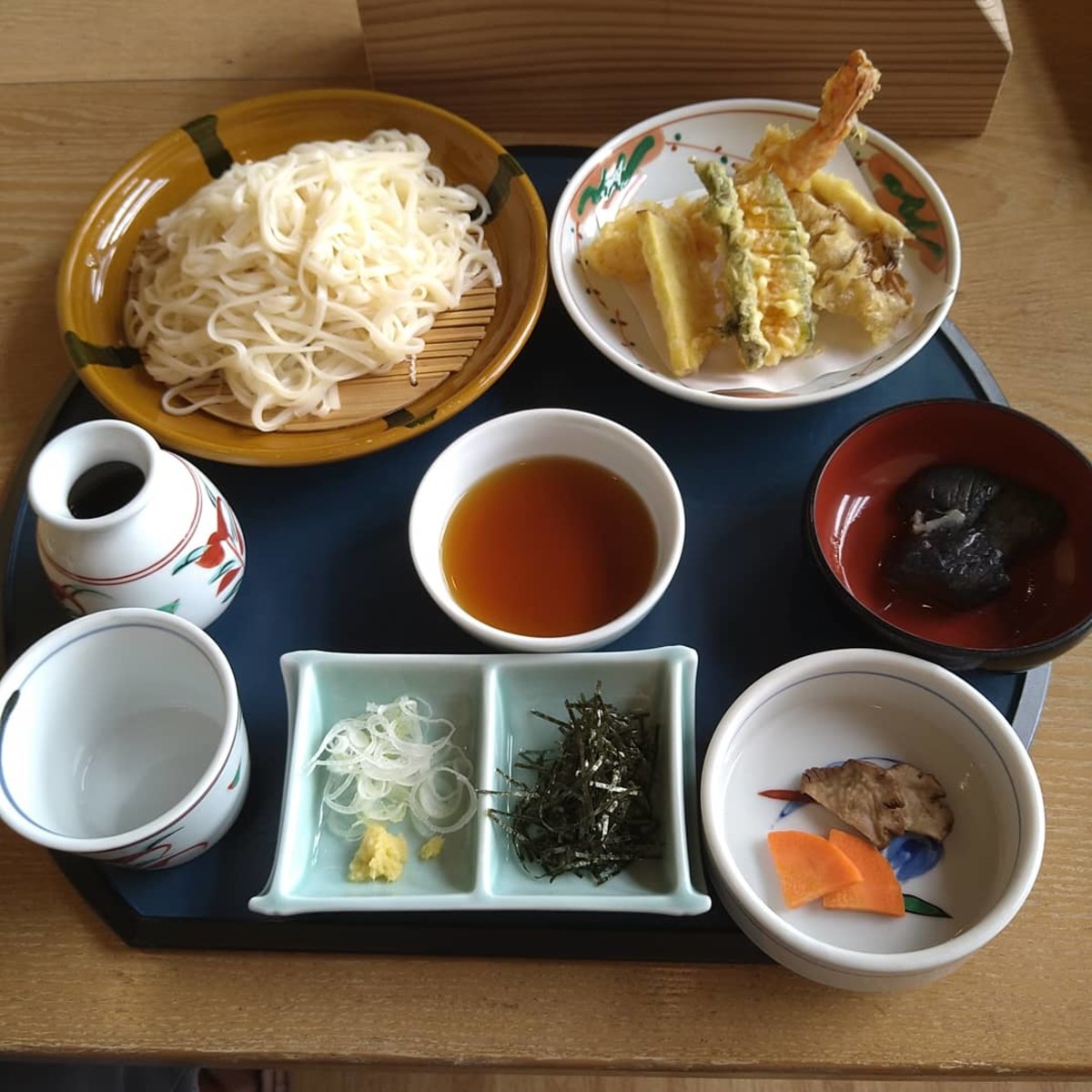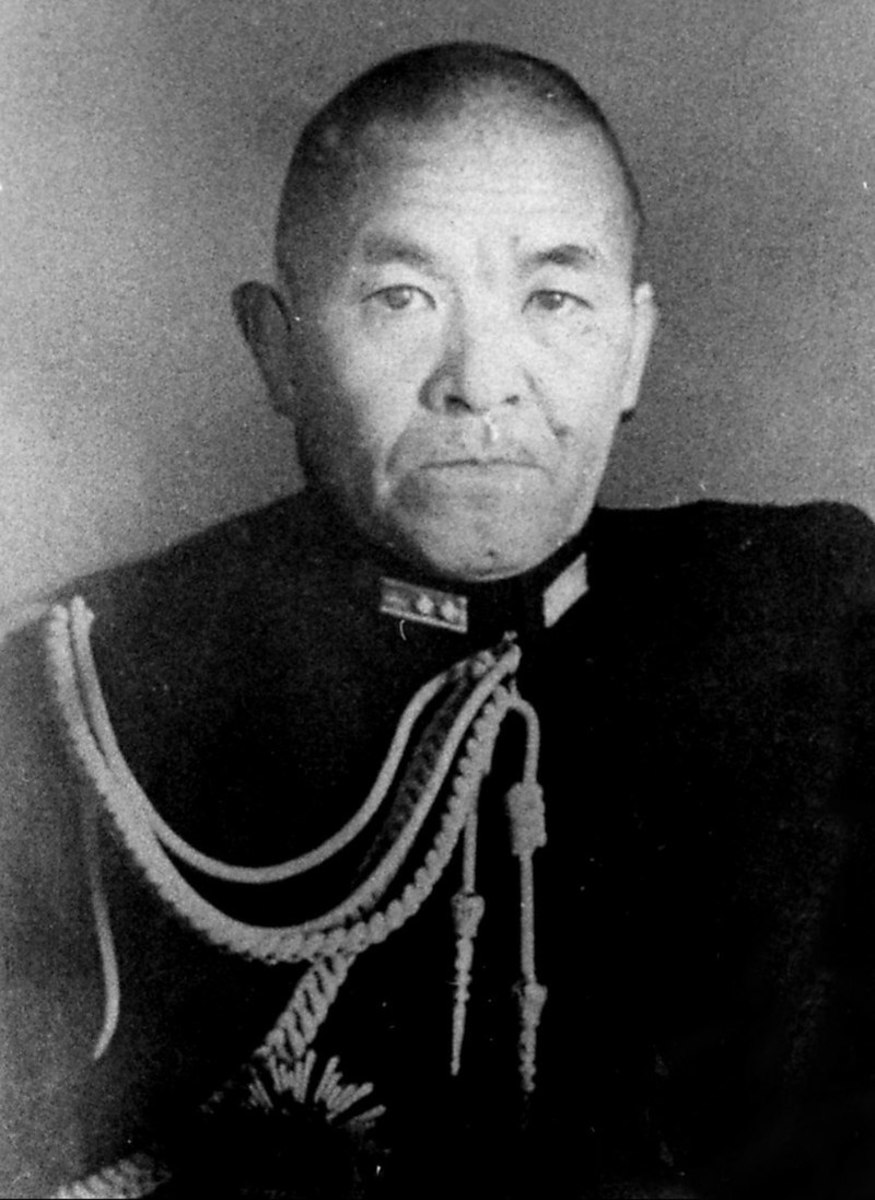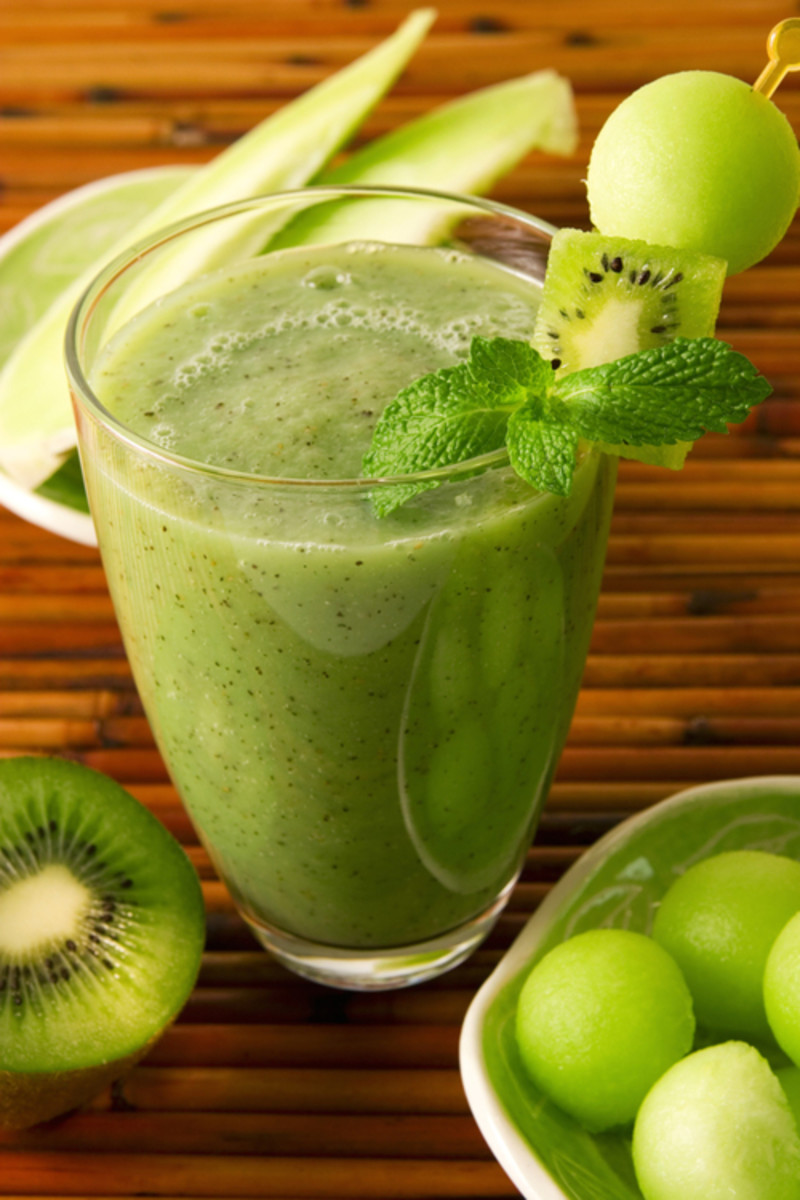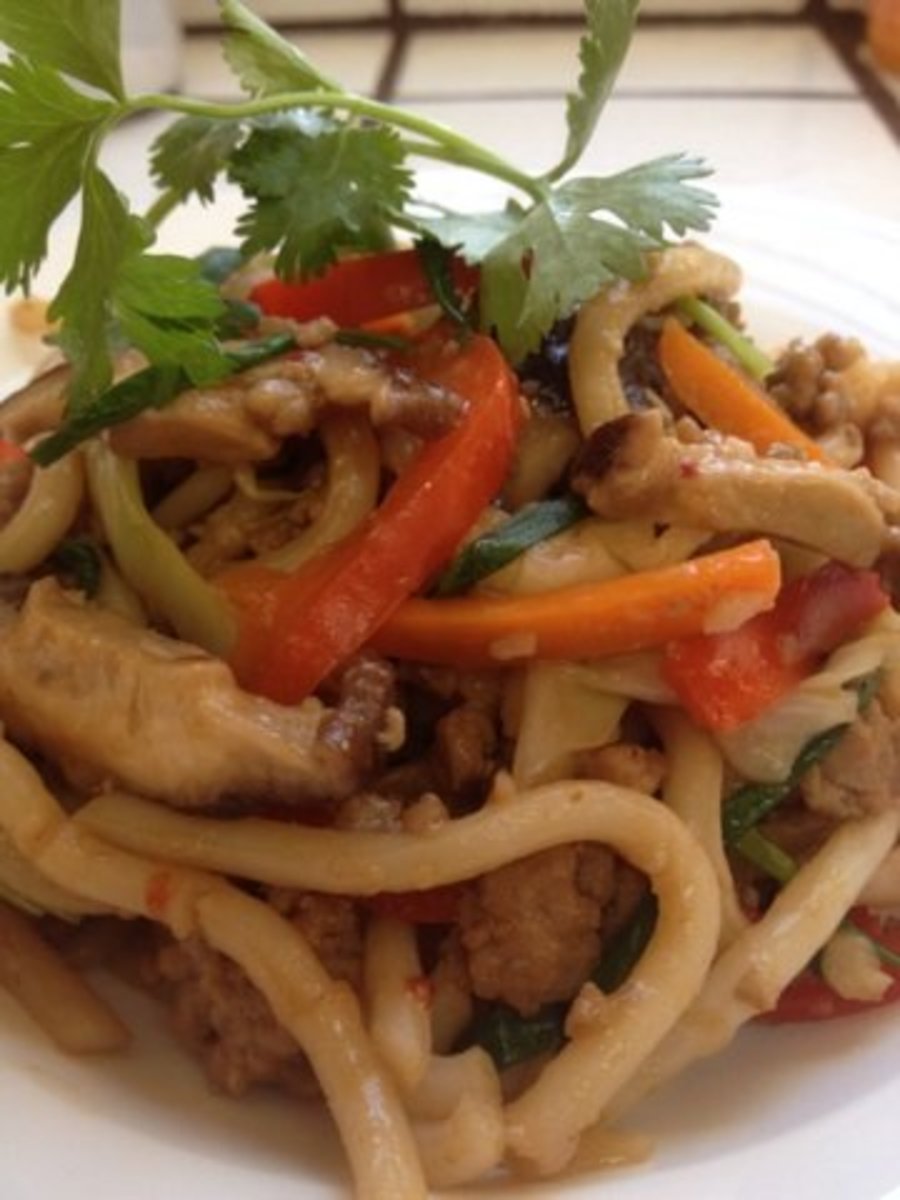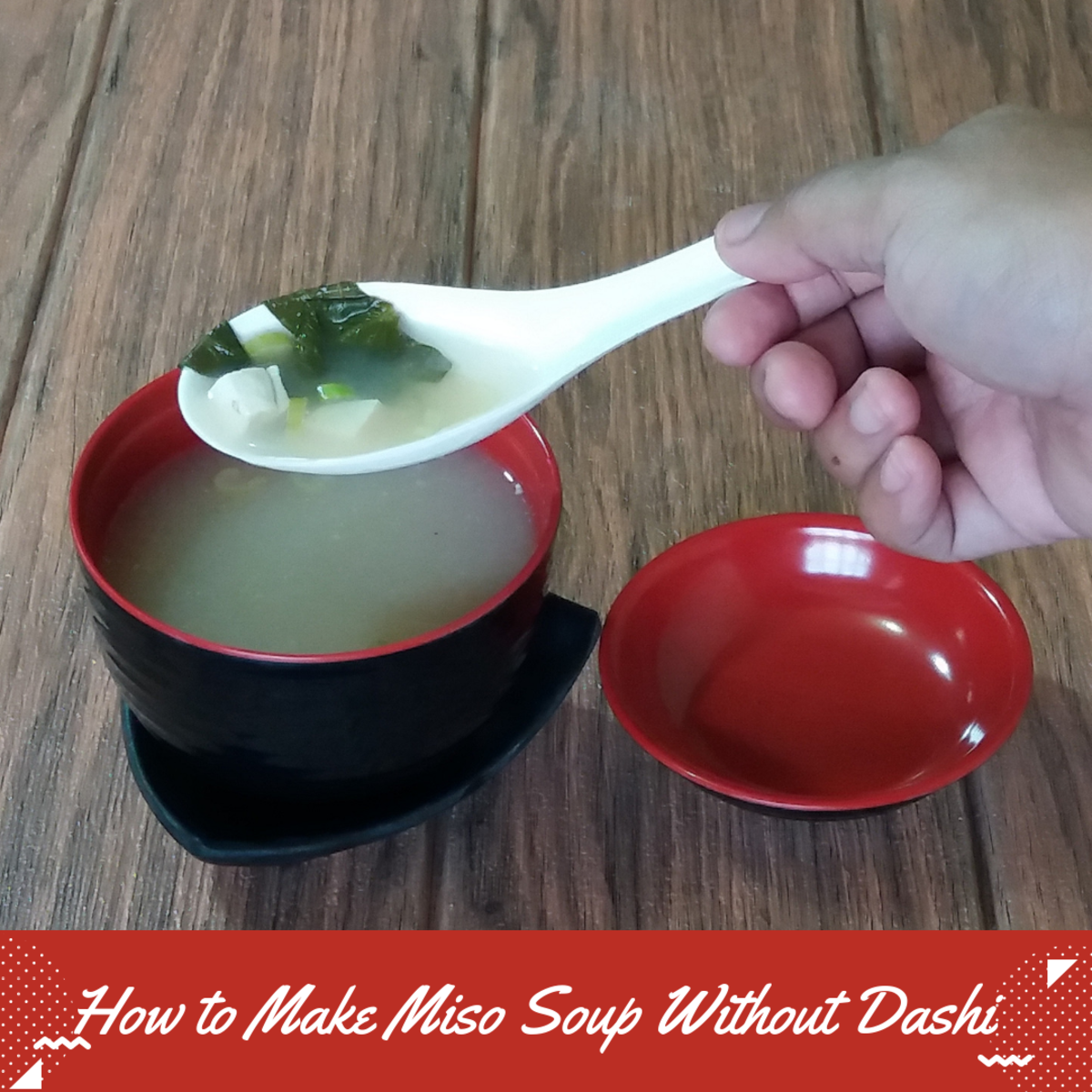- HubPages»
- Food and Cooking»
- World Cuisines»
- East Asian Cuisine
Japanese Cuisine, and Culinary Influences

Japanese Cuisine
Japanese cuisine has historically been influenced by the Chinese culture, and often filtered through Korea. It has a strong connection to the sea and fishing cultures as well, yet maintains its own cultural and aesthetic identity. Japan as a nation was virtually closed off to the rest of the world until the mid nineteenth century.
There are many culinary influences that helped to create the Japanese cuisine we see today. It has been transformed for centuries.
Sushi and Sashimi
We see a very strong preference for seafood, especially raw seafood known as sushi and sashimi. Fish that is considered sushi quality has been frozen solid to kill off any worms or bacteria. This takes me back to when I first had the chance to try sushi, and my initial concern was the safety, and it being free of bacteria. So I was happy to learn that it was taken care of, and not an issue. Anyway, after freezing, and then thawing it is very precisely sliced. There are sea vegetables often used, such as wakame or konbu and processed agar agar. You will find these used in salads or added to soups and stir fries.

Some of the influences on Japan's cuisine
Vegetarian Buddhist monks had significant influence on the Japanese cuisine, as did Imperial court cooking that centered around Kyoto's old capital. Kaiseki cuisine developed from ritualized tea ceremonies which showcases elaborate bite sized items.
Sixteenth century Portuguese brought techniques like tempura, which is wheat flour dredged and deep fried items.
Europeans may have had some of the influence of the beef we see in Japanese cuisine, which is relatively new to them. Japanese noodles have been influenced by the Chinese as a general rule.
Aesthetics in Japanese Cuisine
When we speak of aesthetics in Japanese cuisine, we aren't meaning just the artful presentation of food. It is an expression of an aesthetic system that is called wabi sabi. It is kind of difficult to understand when you don't have a set Japanese value system in place. It is rooted in Zen Buddhism which has been a steady world view despite outside influences.
Wabi Sabi permeates Japanese life, and expresses itself in rock gardens, to poetry, to tea ceremonies, to food preparation. In other words, no Japanese items would be presented without consideration on its appearance and its effect on the whole meal.
There are many examples, for instance seasonal times of the year, you will see leaves for plates or platters, that are in line with the current season. It would be like me serving a dish on a maple leaf, during the fall season in the United States.
Some top herbs and vegetable used in Japanese Cuisine
There are a lot of flavors and ingredients that go into Japanese Cuisine, but here are a few top ones that stand out. This list is not exhaustive, but a place to start.
Shiso or Perila
Japanese Cucumbers
Mitsuba
Gobu or Burdock Root
Daikon or Radish Sprouts
Kabocha or Japanese Squash
Green Onions
Shishito Chile Peppers
Japanese Eggplants, or Aubergines
Japanese Greens
Small Japanese Turnips

